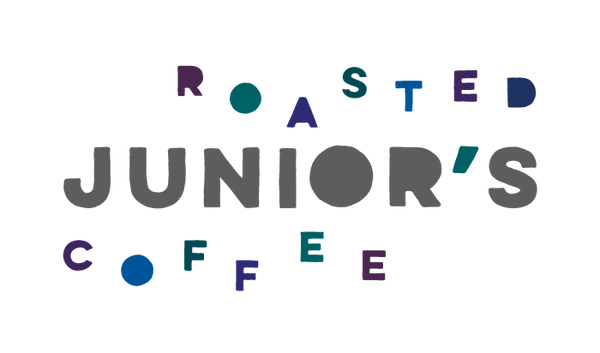Coffee is traded as a commodity, and, specialty quality or not, the commodity pricing scheme still affects specialty grade coffee pricing. Coffee prices have fluctuated within the same range since the late 1970s (some of the highest prices paid for green coffee were in the late 1970s!), meanwhile the cost of living and the costs of producing coffee have increased with inflation. This globalized trade pays based on quantity over quality, and virtually everyone but producers thrives on market prices remaining low.
The specialty coffee industry offers "higher" prices paid based on quality specifications, but "high" is arbitrary if we don't know a business' costs of production. When and how will a farm actually profit if we don't know their cost of production? Working with farms long term, through the good years and bad, helps mitigate risk for farms, but what good will that do if roasting companies and the intermediaries are the only ones profiting from the transaction? If we want to continue to work with quality coffees and build farm partnerships we must [radically] change the supply stream's current pricing structures [by building in accountability and equity].
The annual Specialty Coffee Association (SCA) Expo was held in Portland this year, and we used this opportunity to share our new Cost of Production Covered (CoPC) questionnaire and template with coffee buyers. Thousands of coffee industry professionals attended the conference, giving us the chance to catch up and share the template with old friends while also making new ones! We had the distinct pleasure of hosting our friend and colleague, Andres Fahsen (Pachuj-Finca Patzibir), who, along with Cristy Guirola (TerraNegra Coffee Imports), helped us start the CoPC Project in the first place. We were also able to spend time with Salvador Melgar and Marielisa Hernandez (Peña Blanca) and Cristy, as they too were in Portland for the convention. We walked the show floor, attended events, visited cafes as a supply stream dream team, and shared the word about collaborative price setting. The convention was the perfect moment to host our Ask Me About Cost of Production: The How To Guide event at our Powell's Books cafe location, and was the perfect opportunity to debut the new template.
The template has gone through a few iterations over the years. We started this project with a questionnaire that was nearly 50 questions long that gathered data for a proforma template that we had built. While we were able to gather loads of detailed data, processing it in a comprehensible way was incredibly time consuming and not always straight forward to share. Sometimes we wouldn't have the cost of production nailed down until months after we received a coffee. We decided to pair down the questionnaire and create a more user friendly template. We wanted to make the project more feasible for other roasters to implement, and we even wanted the template to be able to work with brand new farm partnerships. The template is now 8 questions long in Google Forms, and is linked with a spreadsheet in Google Sheets. We're finding that, as simple as the design is now, we're still able to get representative results; we're still able to base contract prices on a substantive metric.
Green coffee buyers, those that are building and/or signing green coffee contracts (e.g., buyers that work for roasting companies, importers, traders, etc.), should be able to use this template as a starting point. The current iteration uses question categories that are generalized. Because each farm/region/country will have its own unique context, template users can add their own questions and formulas to fit those contexts.
In order to identify and base prices on a farmer's cost of production and margin it's important to work with importer and/or exporter partners that have close or direct contact with single farms (though we're currently trying to get a project going with a washing station in Burundi at the moment!). This contact will make it more likely that the buyer can identify the price that was actually received by the farmer. This price is called "farm gate" or even "FOB" if the producer is paying exporting and dry milling costs. If the farm gate price that the is lower than the gross margin on a farmer's cost of production, those using the template can build CoPC premiums (the difference) into the contracts with the importer. This will ensure that the producer receives the difference. If the farm gate price is higher than gross margin on cost of production, it would be up to the user whether they wanted to pay a premium higher than a 30% gross margin. We keep our premium at 30%, so if an importer pays more than that it means that the importer pays exceptional prices!

